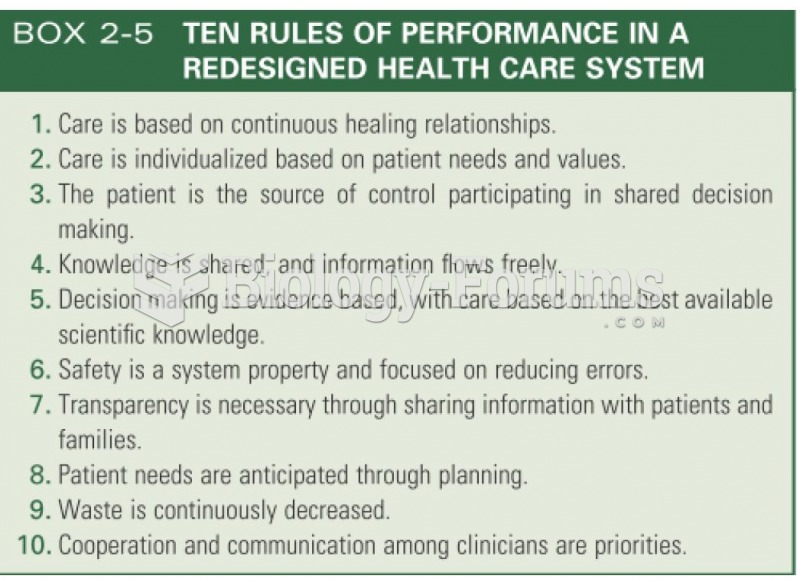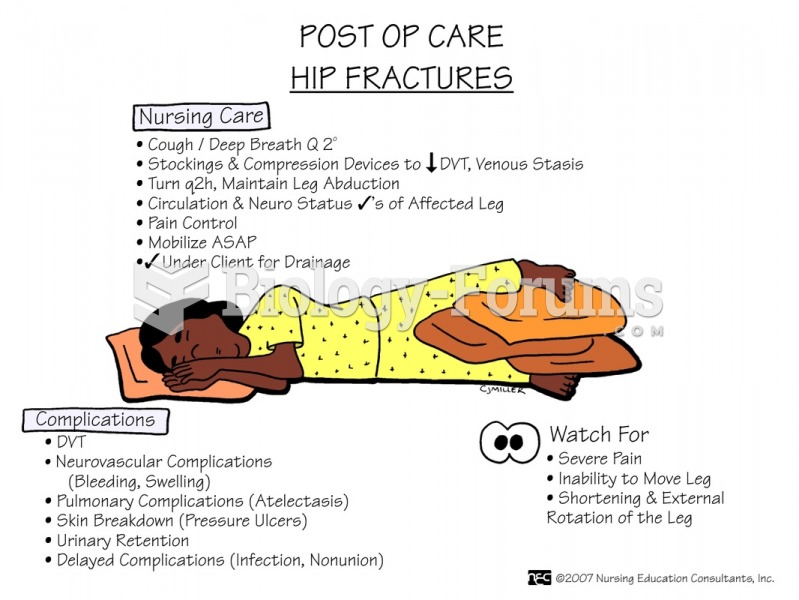Answer to Question 1
1) Demographic Trends. Population changes in North America require that health care professionals acquire skills in communicating across cultures. Since the 1970s, the United States has been moving toward a cultural plurality, where no single ethnic group is a majority. By 2050 non-Hispanic whites will become less than 50 percent of the total population of the United States.
2) Health Disparities. Inequalities exist in regard to access to healthcare, delivery of quality healthcare as well as health outcomes. Substantial health inequalities exist based on age, gender, race, ethnicity, education, income disability, residence, or sexual orientation. African Americans, Hispanic-Americans, American Indians, Asian-Americans, Alaska Natives, and Pacific Islanders, typically experience higher incidences of chronic disease, disability, and mortality as compared to non-Hispanic whites.
3) Quality Care. An understanding of the components and importance of culture provides a foundation for good health care practices. Understanding and appreciating the health practices of the cultures of clients, counselors are more likely to implement meaningful client-centered nutrition interventions.
4) Legislative and Accreditation Requirements. Government and professional organizations mandate culturally appropriate services.The United States Department of Health and Human Services (DHHS) has national standards for culturally and linguistically appropriate services in health care. Also, Title VI of the Civil Rights Act of 1964 reads, in part, No person in the United States shall, on ground of race, color or national origin, be excluded from participation in, be denied the benefits of, or be subjected to discrimination under any program or activity receiving federal financial assistance.. In addition, suppliers of health care need to include reasonable steps to provide services and information in appropriate languages other than English to ensure that persons with limited English proficiency are effectively informed and can effectively benefit..
Answer to Question 2
b







